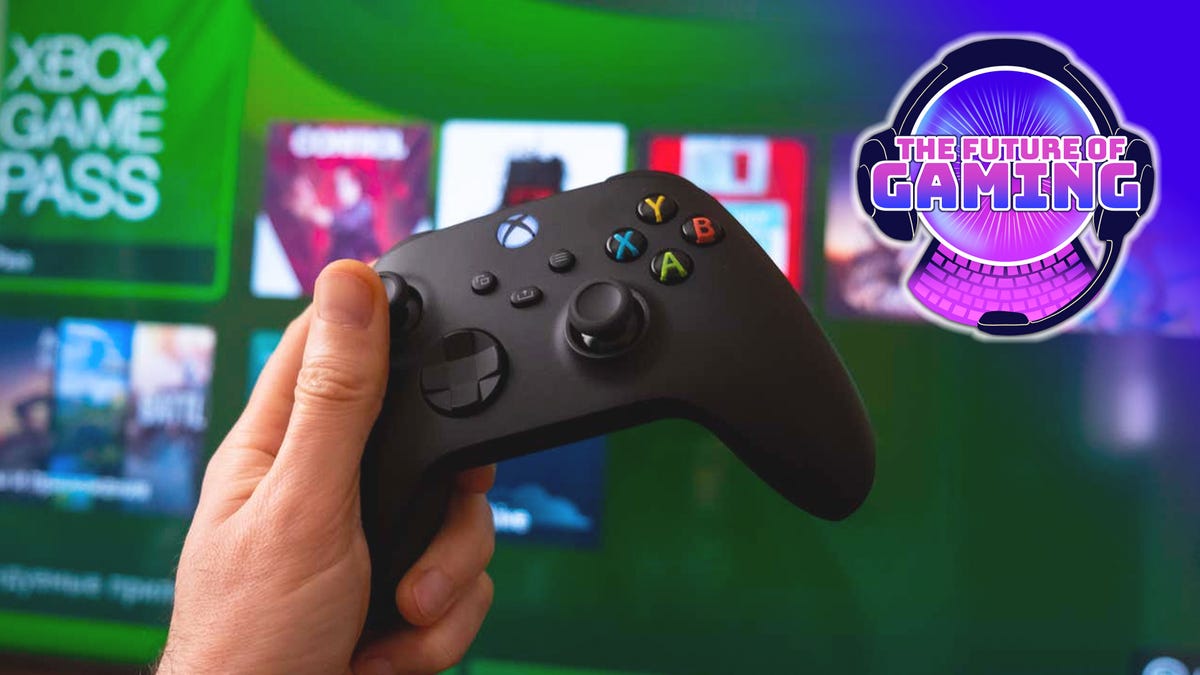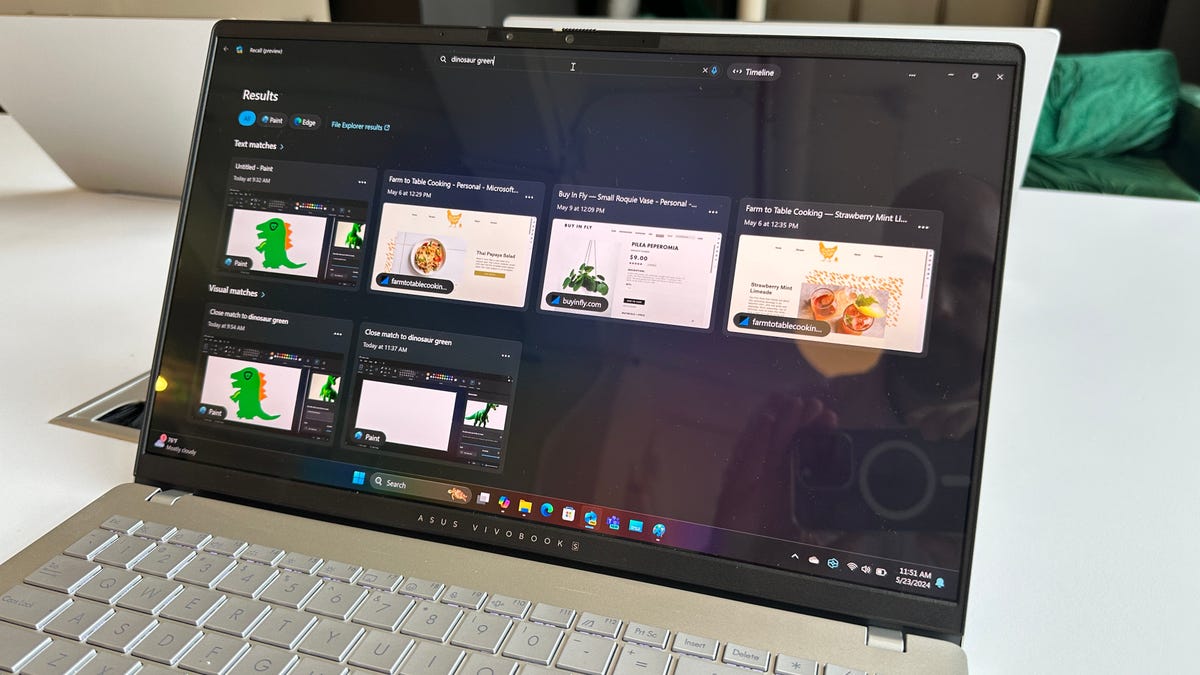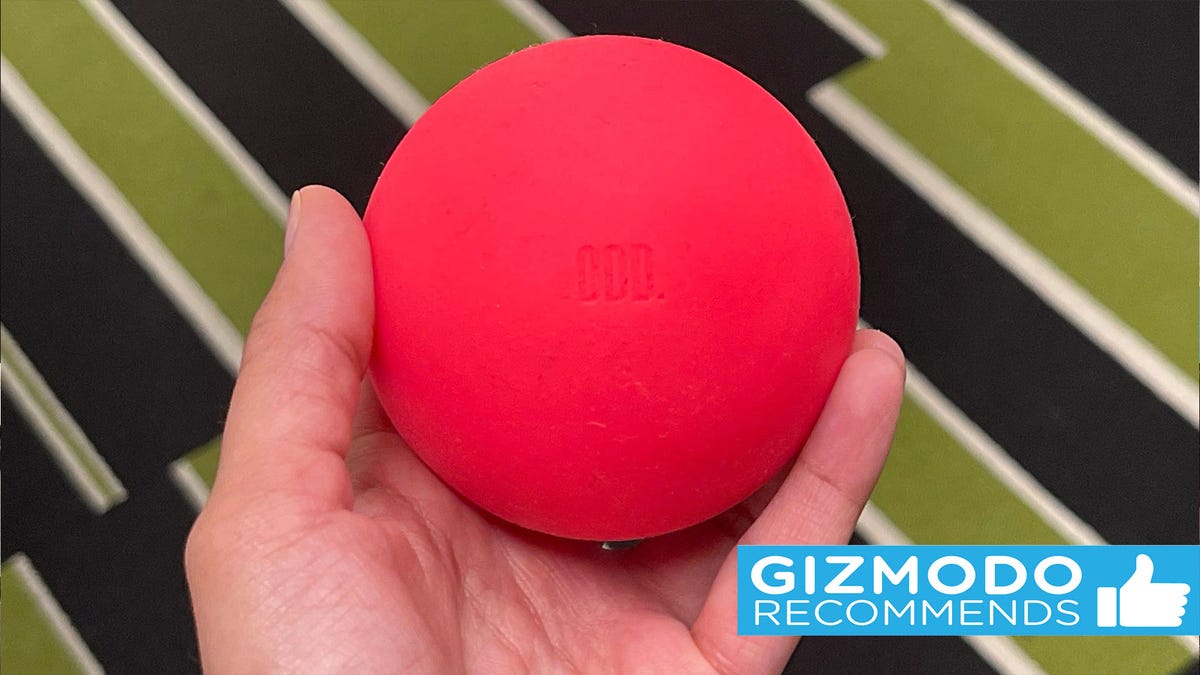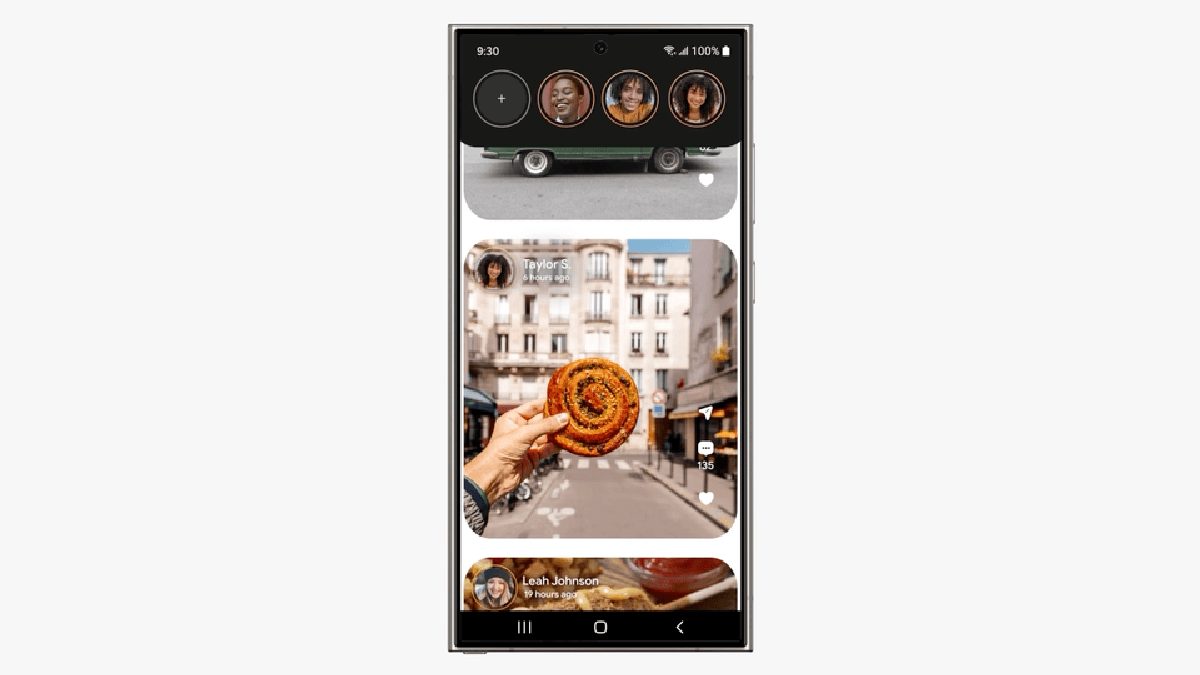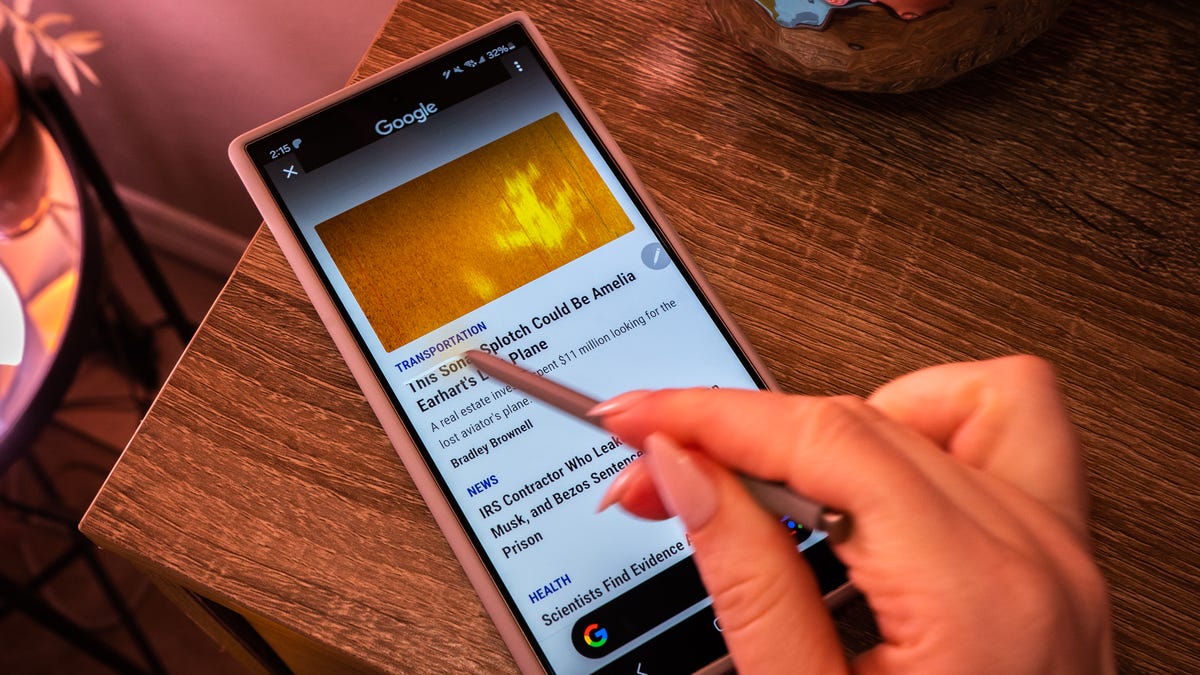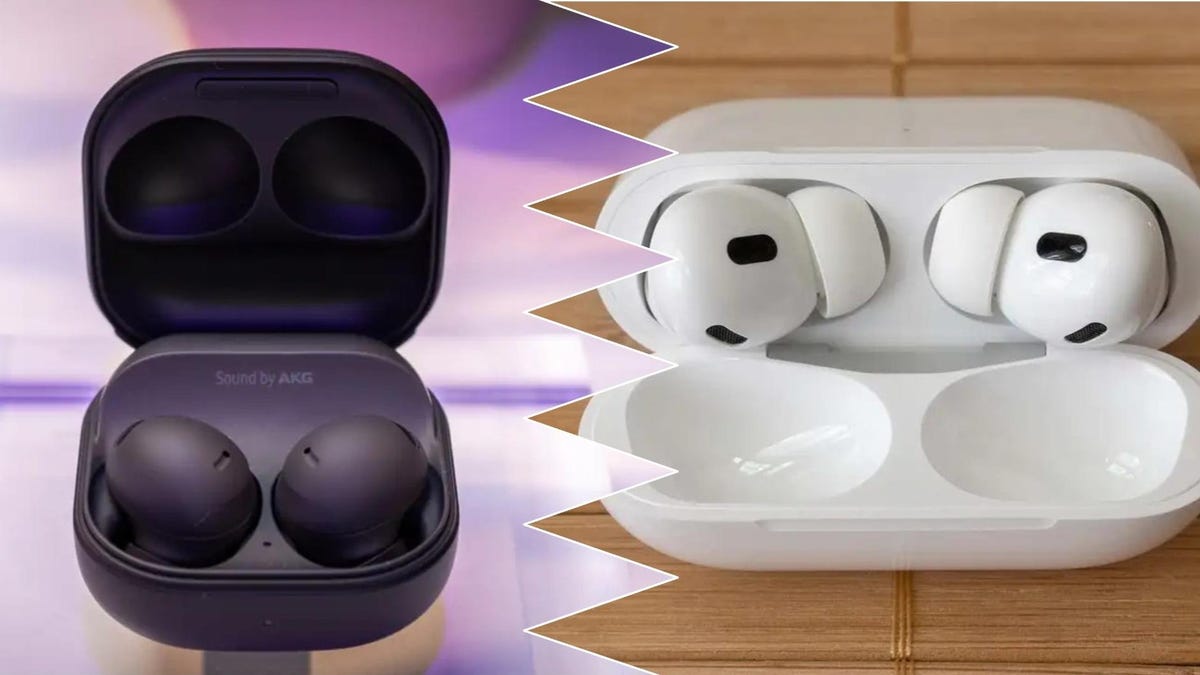This story is part of our new Future of Gaming series, a three-site look at gaming’s most pioneering technologies, players, and makers.
Xbox hasn’t been able to compete with Nintendo and Sony when it comes hardware sales and exclusive titles. Microsoft, however, is making moves that could not only turn the tide in its favor but also revolutionize the industry.
The vehicle for this revolution is Xbox Game Pass, which could lead to a console-less console war. Microsoft couldn’t beat its competitors the traditional route, so it looks more and more likely that it’s going just to change the rules of the competition. Knowing that Microsoft wants to be the industry leader in 2030, Game Pass will lead the charge to accomplish that goal.
It’s been six years since Game Pass launch, and according to Piers Harding-Rolls, games research director for Ampere Analysis, it’s a key pillar of Microsoft’s games revenue growth strategy.
Leaked company documents from last year reportedly showed Game Pass brought in almost $3 billion in revenue for Microsoft in 2021, as reported by Tweaktown. The subscription service accounts for nearly 20% of the total Xbox revenue of $16.2 billion and is close to the $3.7 billion from hardware sales. With 25 million subscribers in early 2022, that number will likely continue to grow and go even higher when games from Activision Blizzard make the jump following the completion of the acquisition.
“Microsoft is pursuing this disruptive product strategy because it failed to carve out a consistent and growing share of the console market and needed to find a solution which enabled it to expand its audience reach and evolve opportunities beyond the console,” Harding-Rolls said.
While Game Pass is increasingly referred to as Netflix for video games, it isn’t close to the 247 million Netflix subscriptions as of October. It’s still no slouch, as the gaming subscription service reportedly surpassed 30 million subscribers, making it on par with Comcast’s Peacock.
“Brilliant strategy and, so far, brilliantly executed,” said Michael Pachter, managing director of equity research at Wedbush Securities. “By lowering the barrier to entry by $500 (no console required), Game Pass should eventually grow in size to something like the Netflix audience.”
To reach those Netflix numbers, Microsoft will have to focus on three things: the games, the price, and the reach.
Acquiring Activision Blizzard is huge for Microsoft as it makes one of the biggest franchises, Call of Duty, a first-party title. Some stipulations are in place to keep the series from being Xbox-only, but this is still a major win for Microsoft. The acquisition also comes with other huge franchises such as Overwatch, Diablo, Starcraft, Warcraft, and Candy Crush. It’s also clear that Microsoft won’t stop with the acquisitions, with the Xbox boss Phil Spencer saying how acquiring Nintendo would be a “career moment.”
When it has the games, it’s up to Microsoft to determine the price. Currently, Xbox Game Pass Ultimate is $17 a month, but what would entice more people to sign up for the service is the same thing that helped other streaming services: an ad-supported tier.
“That could see them add hundreds of millions of new subscribers over time,” Pachter said.
This ad option could be in the works. Xbox gaming CFO Tim Stuart spoke about how an ad-supported Game Pass could work in parts of the world that weren’t seeing a lot of consoles being sold.
“The vision I like to talk about is we have xCloud game streaming, so you can subscribe to Game Pass Ultimate, and you can stream hundreds of games to really any endpoint that has a browser experience,” Stuart said at the Wells Fargo TMT Summit in November, according to a report from Tweaktown. “For models like Africa, or India, Southeast Asia, maybe places that aren’t console-first, you can say, ‘hey, do you want to watch 30 seconds of an ad and then get two hours of game streaming?”
Not long after this talk, coders sniffed around the Xbox OS and found snippets of code that could be related to an ad-supported tier. The code referenced “earned time” and would be allotted 15-minute increments. The addition of these codes might mean that these ads will show up sometime in 2024.
With games taken care of and a possible lower-priced ad-supported tier on the way, it comes down to accessing the service. The primary devices that can play Game Pass are Xbox consoles, PC, Android, and IOS, but Microsoft continues expanding those options. Handheld devices like the Steam Deck, Legion Go, and Asus ROG Ally make it easy to take Game Pass on the go, but at home, newer Samsung TVs can play Game Pass games via an app without needing a console. Microsoft even brought Game Pass to the Meta Quest headsets earlier this month.
It’s also very clear that Microsoft wants to incorporate both the PlayStation and Nintendo platforms into the fold. Spencer said back in November that he views PlayStation and Nintendo users as part of the Xbox community. This came right before Stuart said at the summit how the company wants to bring Game Pass to any screen that plays games, including PlayStation and Nintendo Switch. Spencer denied any plans to bring Game Pass to its rivals’ hardware, but he did say that there are road maps for Xbox hardware and services with teams that want to continue to innovate. That innovation on the service side could be what revolutionizes gaming.
/cdn.vox-cdn.com/uploads/chorus_asset/file/25803801/Large_64635_HyundaitoOfferFreeNACSDCEVAdapterstoEnhanceChargingConvenienceforEVOwners.jpg)
/cdn.vox-cdn.com/uploads/chorus_asset/file/25803800/hero_adjustment.jpg)
